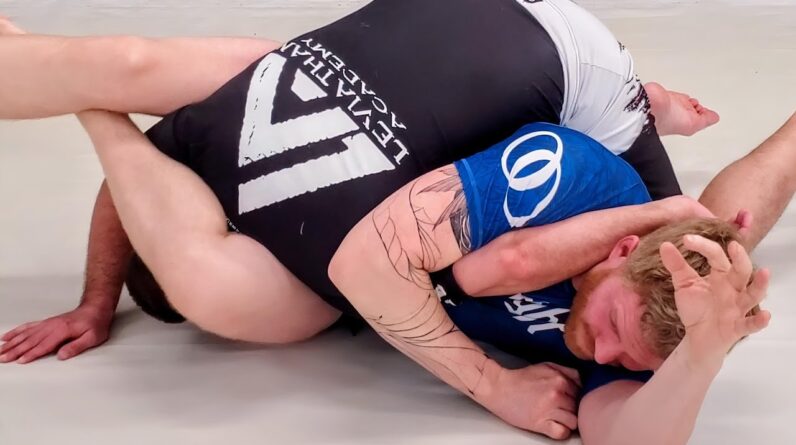Martial Arts: Physical Techniques And Mental Discipline, Part 2
Many types of Martial Arts have a colored belt system. Judo was the first type of Martial Arts to adopt this practice. The color of the belt indicates the level of skill the student has. Students have to pass skill tests to move on to learning techniques and moves of the next color. Beginners start with a white belt. In the old days, the white belt was dyed the new color as a rite of passage and honor in Martial Arts. Today the belt is simply replaced with the new color of the skill level. After white, the colors are yellow, orange, green, blue, brown, and black.
While the goal of each student in Martial Arts is self improvement, the belt in some forms of it offers the student a way to display their efforts to the other students. It is also designed to help students engage in fair sparing activities. To respect the culture of Martial Arts, it is important that you wear the belt properly.
Never let a white belt get dingy or dirty. The belt needs to be tied firmly above the hip bones. Make sure it is loose enough to move during your activities but tight enough to stay in place. The ends of the belt hanging on both sides need to be even. This can take time to learn so practice finding the amount of material needed to tie it. Some people place a small market on the inside of the belt to find the location easily. The belt should never be allowed to cross itself in the back. Never let your belt touch the floor.
Having the proper respect for the Martial Arts includes honoring the belt color system. Never wear a belt for a level of skill you have not accomplished. This is considered to be dishonorable. Your instructor will help you learn to tie your belts properly. Enjoy learning about Martial Arts, improving your skills, and proving you are worthy of a higher ranking belt.


